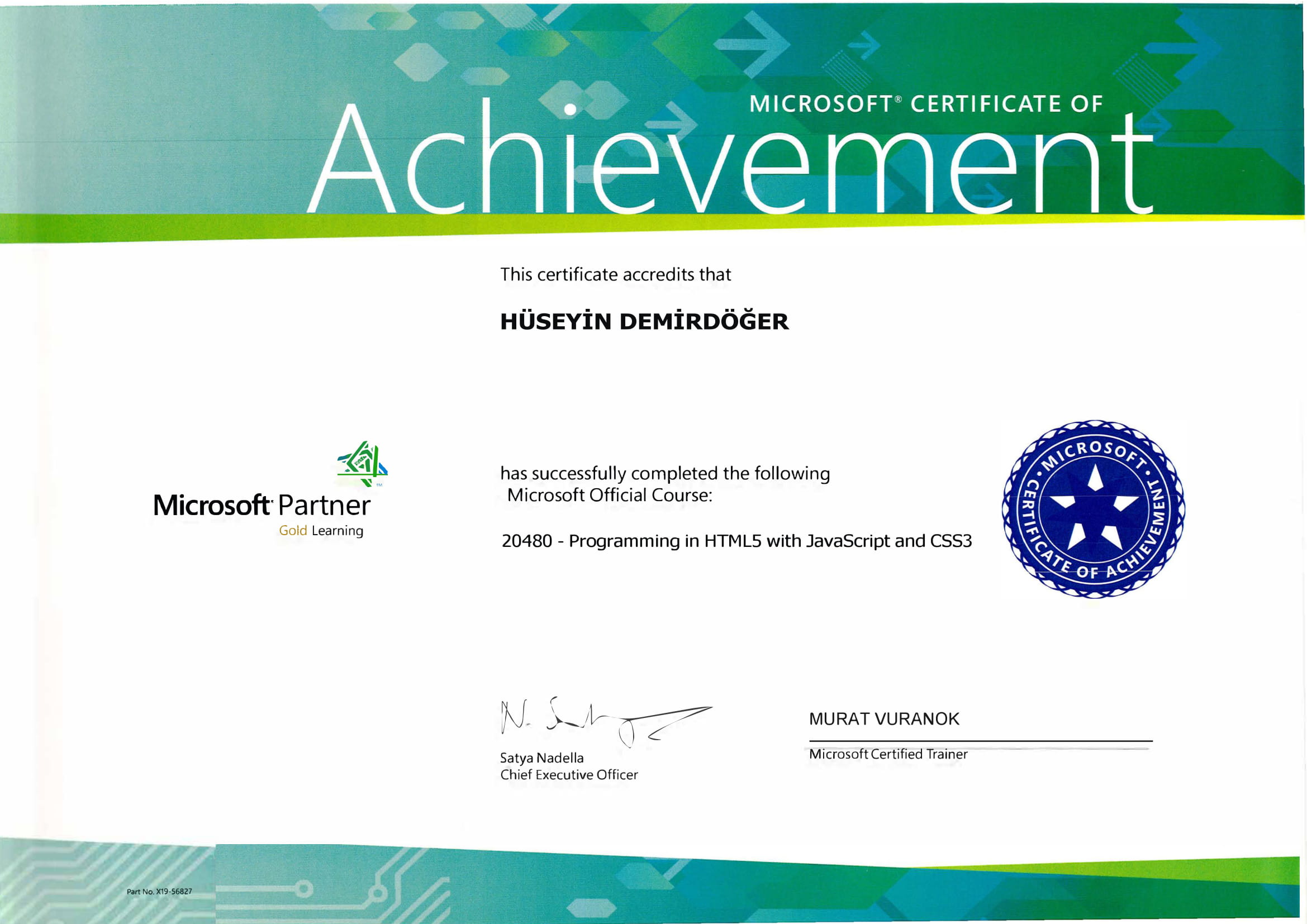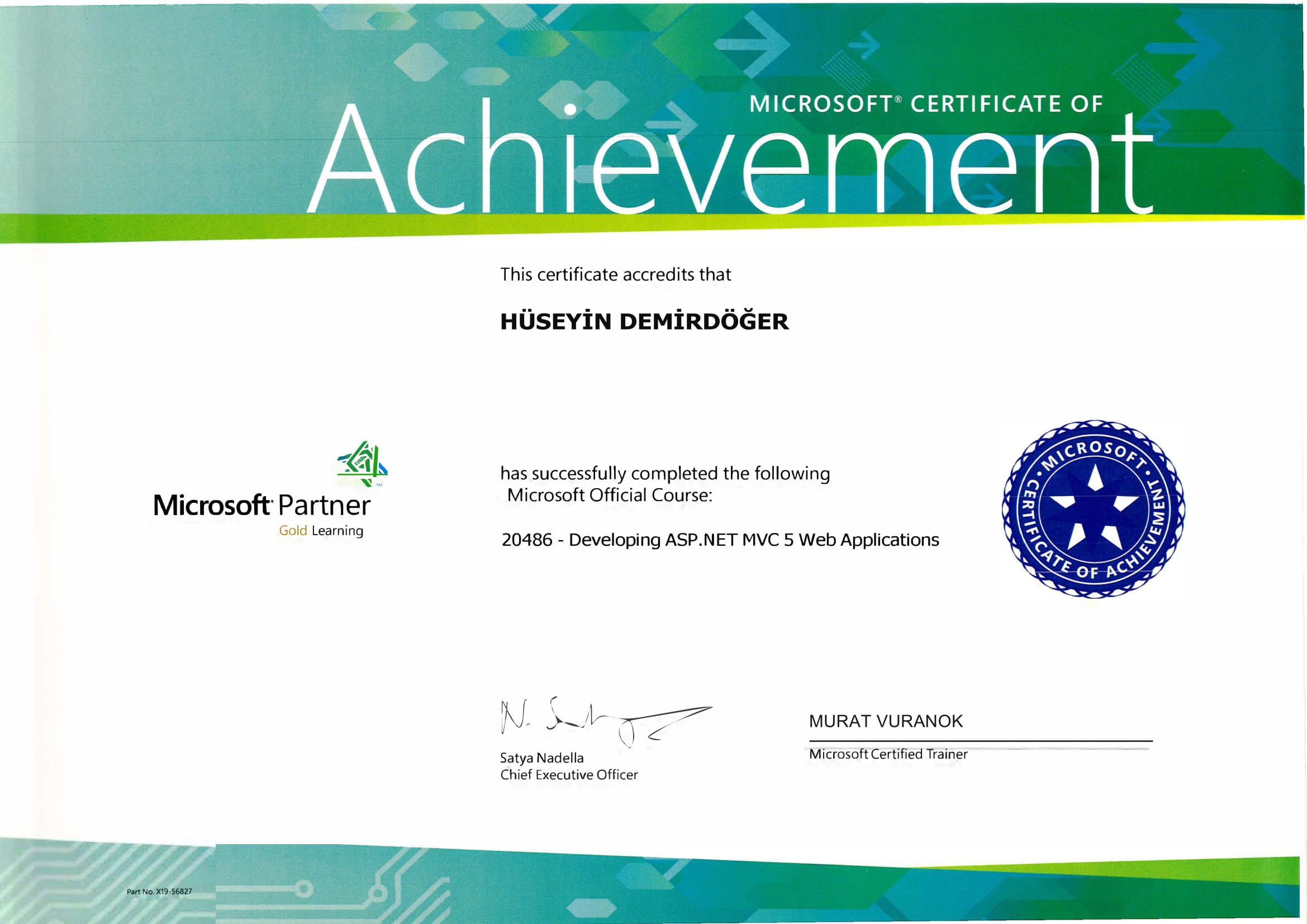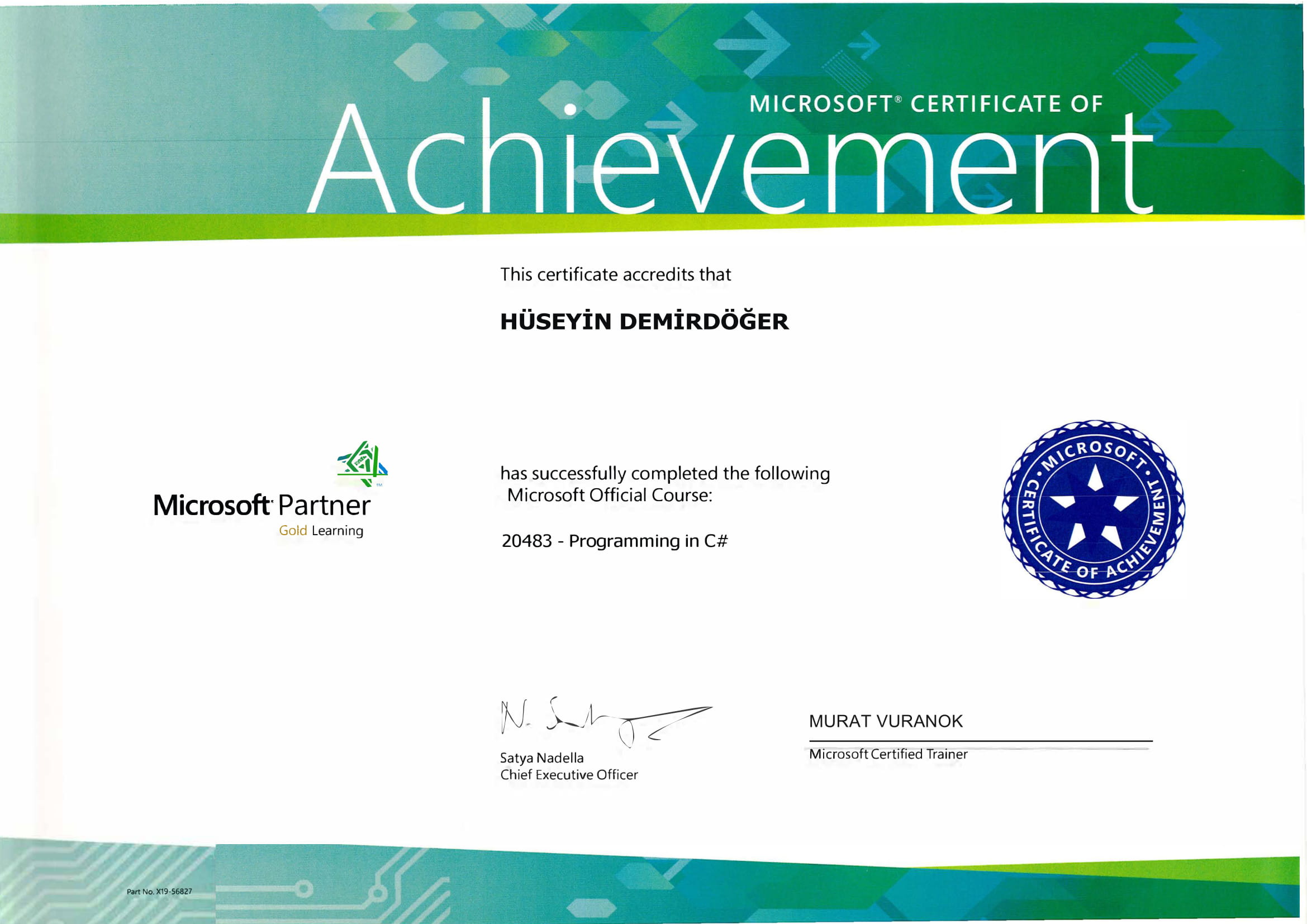Dealing with error codes on Windows can feel like stumbling through a maze in the dark. One such perplexing issue is the Windows Error Code 0x800f081f, which often rears its ugly head during .NET Framework installations or Windows updates. This error can leave users scratching their heads, wondering what went wrong and how to fix it. But fear not! You'll be equipped to tackle this issue head-on by the end of this guide.
Understanding Windows Error Code 0x800f081f
Simply put, error code 0x800f081f typically arises when there’s a problem with the installation files related to the .NET Framework. It might be due to corruption, missing components, or perhaps even a conflict with your operating system's configuration. I remember a time I encountered this error just before a major deadline—talk about stress!
Common Causes
- Damaged Installation Files: The .NET Framework setup files might be corrupted.
- Component Store Issues: The Windows component store might have unresolved inconsistencies.
- Configuration Conflicts: There could be a clash with existing system settings or installed software.
Step-by-Step Solutions to Fix Error Code 0x800f081f
Solution 1: Use the DISM Tool
The Deployment Image Servicing and Management (DISM) tool can be your best friend here. It repairs the Windows component store, thus resolving potential causes of error 0x800f081f.
- Open Command Prompt as an Administrator.
- Type the following command and press Enter:
DISM /Online /Cleanup-Image /RestoreHealth - Wait for the process to complete. It may take a while.
For more detailed issues involving Windows updates, you might also want to check this guide on solving related update failures.
Solution 2: Enable .NET Framework Using Windows Features
Sometimes, enabling the .NET Framework through Windows Features can resolve conflicts and installation issues.
- Type "Windows Features" in the Start Menu.
- Click "Turn Windows features on or off".
- If unchecked, check .NET Framework 3.5 (includes .NET 2.0 and 3.0).
- Follow the instructions to complete the installation.
Solution 3: Manual Installation from the Windows Update
If automatic installations fail, you might need to download the .NET Framework manually from the official Microsoft Update Catalog or Windows Update.
- Go to the Microsoft Update Catalog.
- Search for the .NET Framework specific version you need.
- Download and install the updates manually.
If you’ve encountered situations where you couldn’t activate Windows or had SSL certificate troubles, you might find this Windows error guide helpful.
Solution 4: Check for Windows Update Issues
Sometimes, a range of system errors can stop an update altogether. For broader issues, make sure to address any Windows update problems that could be contributing to the error.
- Clear SoftwareDistribution Folder: Occasionally, simply renaming or clearing the SoftwareDistribution folder can resolve update issues. Here's how:
- Open Command Prompt as Administrator.
- Type the following commands:
net stop wuauserv net stop bits - Navigate to C:\Windows\SoftwareDistribution and rename the folder (e.g., SoftwareDistribution.old).
- Resume services with:
net start wuauserv net start bits
For an in-depth dive into fixing Windows errors, check out this guide on dealing with configuration and installation issues here.
Solution 5: Reset Windows Update Components
If the error code persists, resetting the Windows Update components might be the solution.
- Open Command Prompt as Administrator.
- Enter the following commands one by one:
net stop wuauserv net stop cryptsvc ren C:\Windows\SoftwareDistribution SoftwareDistribution.old ren C:\Windows\System32\catroot2 Catroot2.old net start bits net start wuauserv
Wrapping Up
If you’re still struggling after trying these solutions, it might be worth consulting with expert forums or professional support. Resolving error 0x800f081f requires persistence, but with the right approach, it's entirely manageable. Have you tried any other techniques that worked for you? Do share your experiences and thoughts.
By following these steps and utilizing the resources provided, such as the Microsoft resources and additional guides, you can effectively tackle this error and keep your system running smoothly.


















